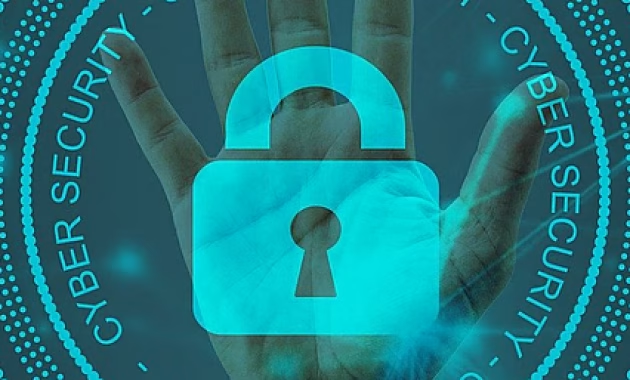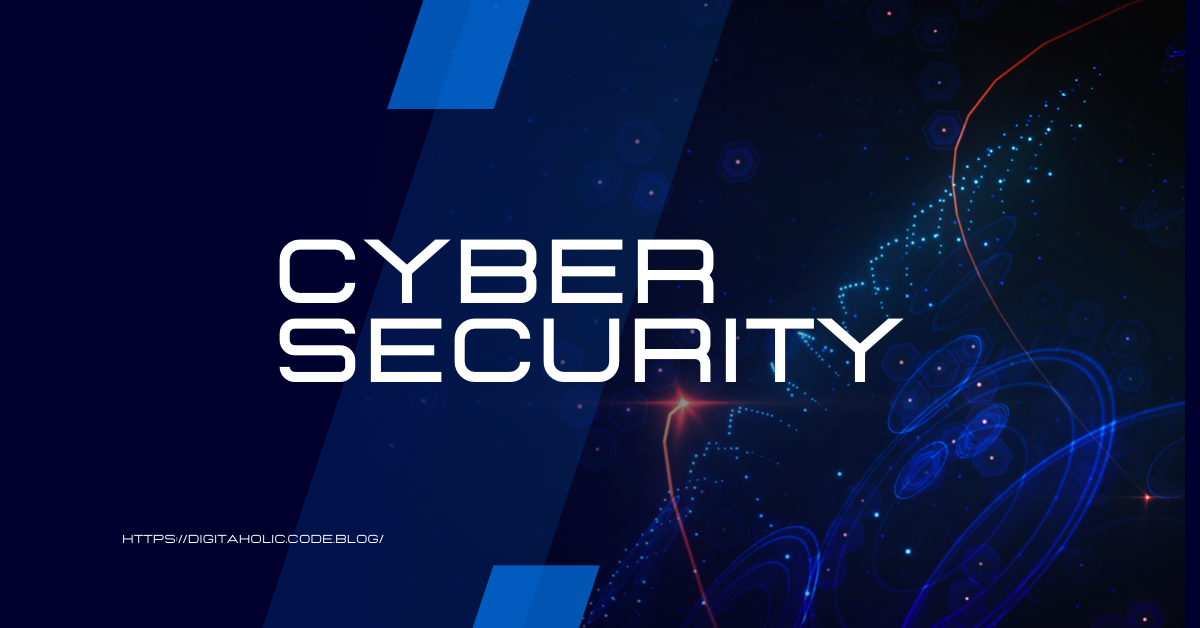Protecting Your Information: Cybersecurity Basics Every Individual Should Know
Protecting Your Information: Cybersecurity Basics Every Individual Should Know
Protecting Your Information: Cybersecurity Basics Every Individual Should Know In an era defined by digital connectivity and online transactions, safeguarding personal information has become paramount. The pervasive presence of cyber threats highlights the importance of adopting cybersecurity measures to protect sensitive data from malicious actors. Whether browsing the web, shopping online, or communicating through social media, every individual should be aware of cybersecurity basics to mitigate risks and ensure a safer online experience.

Understanding Cyber Threats
Cyber threats come in various forms, ranging from phishing scams and malware attacks to identity theft and data breaches. These threats exploit vulnerabilities in software, networks, and human behavior to gain unauthorized access to sensitive information. Understanding the different types of cyber threats is essential for recognizing potential risks and taking proactive measures to mitigate them.
Phishing: Phishing involves the use of fraudulent emails, messages, or websites to trick individuals into divulging personal information such as login credentials, financial details, or social security numbers.
Malware: Malware, short for malicious software, encompasses a wide range of harmful programs designed to disrupt, damage, or gain unauthorized access to computer systems. Common types of malware include viruses, worms, Trojans, and ransomware.
Rise of GPT-4: Revolutionizing How We Talk and Chat
Identity Theft: Identity theft occurs when an individual’s personal information is stolen and used for fraudulent purposes, such as opening bank accounts, applying for loans, or making unauthorized purchases.
Data Breaches: Data breaches involve the unauthorized access or disclosure of sensitive information, often resulting from security vulnerabilities in databases or network infrastructure. Data breaches can have severe consequences for individuals and organizations, including financial losses, reputational damage, and legal liabilities.
Cybersecurity Best Practices
Protecting personal information requires a proactive approach to cybersecurity. By following best practices and adopting security measures, individuals can reduce the risk of falling victim to cyber attacks. Here are some essential cybersecurity basics that every individual should know:
Use Strong Passwords: Create unique, complex passwords for each online account and avoid using easily guessable information such as birthdays or pet names. Consider using a password manager to securely store and manage passwords.
Enable Two-Factor Authentication (2FA): Two-factor authentication adds an extra layer of security by requiring users to provide two forms of identification before accessing an account. Enable 2FA whenever possible to enhance account security.
Beware of Phishing Attempts: Exercise caution when opening emails, clicking on links, or downloading attachments from unknown or suspicious sources. Be wary of phishing attempts and verify the authenticity of requests for personal information.
The Future of Programming: Trends and Predictions for the Next Decade
Keep Software Updated: Regularly update operating systems, web browsers, and software applications to patch security vulnerabilities and protect against known threats. Enable automatic updates whenever possible to ensure timely security patches.
Use Secure Connections: When accessing sensitive information or conducting online transactions, use secure connections such as HTTPS to encrypt data transmission and protect against eavesdropping.
Be Mindful of Social Media Privacy: Review privacy settings on social media platforms and limit the amount of personal information shared publicly. Be cautious when accepting friend requests or interacting with unknown individuals online.
Backup Data Regularly: Backup important files and data regularly to a secure location, such as an external hard drive or cloud storage service. In the event of a cyber attack or data loss, backups can help restore information and minimize disruption.
Staying Vigilant and Informed
Cybersecurity is an ongoing effort that requires vigilance, awareness, and continuous learning. Stay informed about emerging cyber threats, security best practices, and relevant privacy regulations to effectively protect personal information online. Be proactive in implementing security measures and remain cautious when interacting with digital platforms and services.
Apple Vision Pro: Game-changer or Potential Danger to Young People?
By adopting cybersecurity best practices and staying vigilant against cyber threats, individuals can safeguard their personal information and minimize the risk of falling victim to cyber attacks. Remember that cybersecurity is everyone’s responsibility, and by taking proactive steps to protect personal information, individuals can contribute to a safer and more secure online environment for all.
